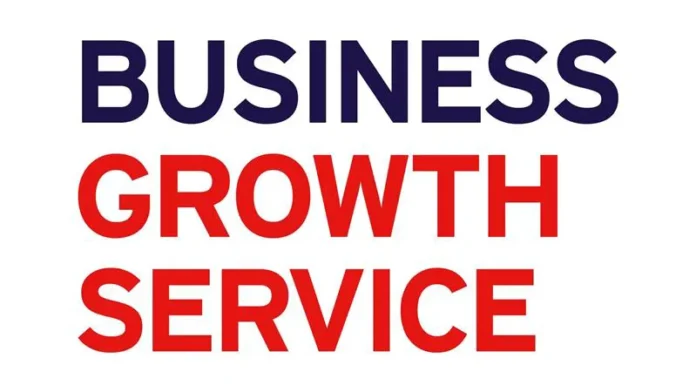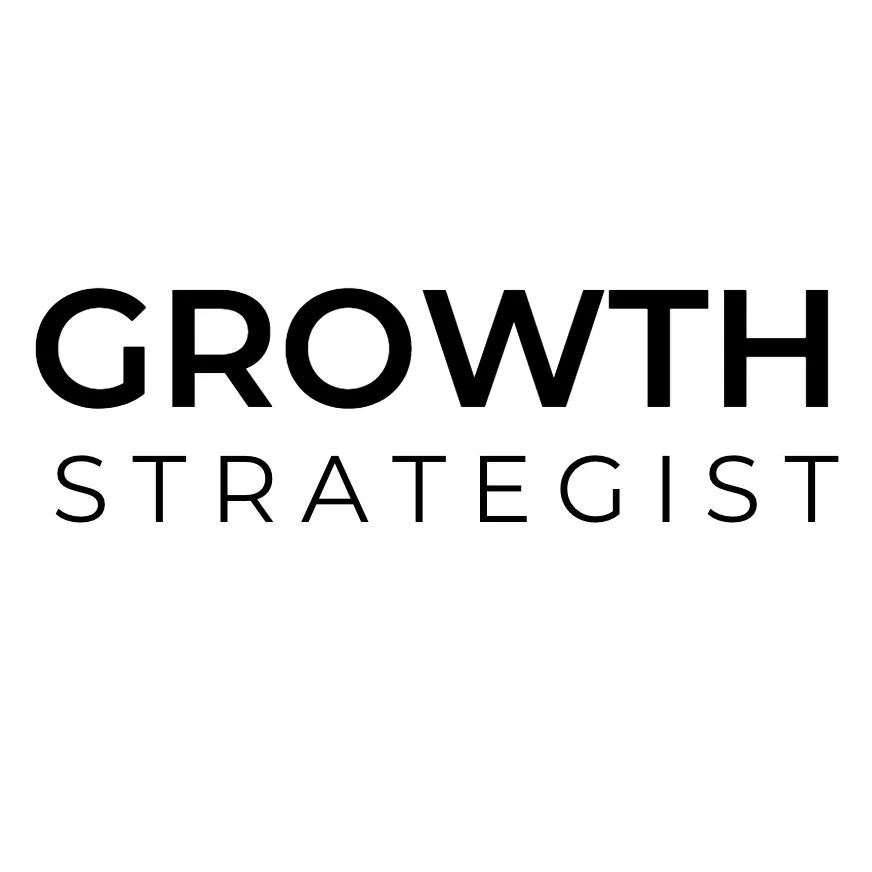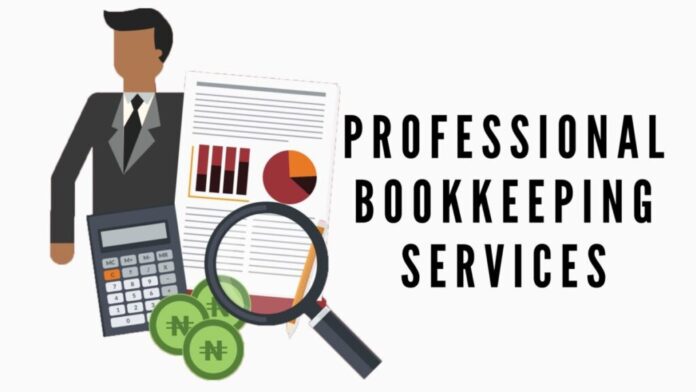Introduction
Creating a strong business growth plan is crucial for any company aiming to expand and succeed. For DECA, an international organization that prepares students for careers in business, the “Business Growth Plan” competition provides an opportunity for participants to develop and present strategies that foster business expansion. This guide will cover essential components of a DECA business growth plan, outlining key strategies and insights that can help participants succeed in DECA’s competitive events.
1. What is DECA and Why is the Business Growth Plan Important?
DECA is a global organization that helps high school and college students build leadership skills in marketing, management, finance, and entrepreneurship. Its competitive events, like the Business Growth Plan, are designed to simulate real-world business challenges. Developing a growth plan for DECA competitions requires students to think strategically about how to expand a business, identify potential growth opportunities, and create a sustainable model for success.
2. Key Components of a DECA Business Growth Plan
To succeed in the DECA Business Growth Plan competition, participants must incorporate several crucial components:
Market Analysis
Conducting a thorough market analysis is the first step in any growth plan. This includes understanding customer demographics, assessing competitor strengths and weaknesses, and identifying market trends that present opportunities for growth.
Financial Projections
A solid growth plan includes realistic financial projections. This involves forecasting revenue, estimating expenses, and calculating potential profits over time. Financial projections should be detailed and based on the current market landscape to ensure feasibility.
Growth Strategies
Growth strategies are the core of any business expansion plan. Participants must explore various methods, including:
- Product Development: Improving or launching new products to meet market demand.
- Market Expansion: Entering new markets or geographic regions.
- Customer Acquisition: Implementing strategies to attract new customers and retain existing ones.
Risk Management
Identifying and mitigating risks is essential for a growth plan. Participants need to think about potential challenges—like market shifts or financial constraints—and develop contingency plans to address them.
3. Market Research and Competitive Analysis
Understanding growth potential relies heavily on efficient market research. DECA participants should conduct both primary research (surveys, interviews) and secondary research (market reports, industry publications). Additionally, performing a competitive analysis helps identify competitors’ strengths and weaknesses, allowing businesses to position themselves more effectively.
4. Financial Planning and Budgeting for Growth
Any business growth strategy must include financial planning. Creating a budget ensures the business has enough capital to support its expansion efforts. Participants should include detailed sales forecasts and cost projections, considering factors like marketing expenses, operational costs, and potential revenue streams.
5. Marketing Strategies for Growth
A comprehensive marketing strategy is essential to fuel business growth. This may involve a mix of:
- Digital Marketing: Utilizing online tools like SEO, pay-per-click (PPC) advertising, and email marketing to reach a larger audience.
- Content Advertising: Making important substance to draw in and connect with clients.
- Social Media: Building a presence on platforms like Instagram, Facebook, and LinkedIn to boost brand visibility and connect with customers.
6. Resource Management
Managing resources effectively is key to sustainable growth. Human resources, technology, and infrastructure play significant roles in scaling operations. Participants must ensure their business has the necessary staff, technology, and logistical support to handle growth.
7. Risk Management and Contingency Planning
Risk is an inevitable part of business growth. By identifying potential risks early—such as changes in the market, financial instability, or operational challenges—participants can develop strategies to minimize their impact. Contingency planning is essential for handling unforeseen setbacks without derailing growth.
8. Monitoring and Evaluating the Growth Plan
Monitoring the progress of a growth plan involves tracking Key Performance Indicators (KPIs), such as revenue growth, customer acquisition rates, and profit margins. Regularly reviewing these metrics allows businesses to adjust their strategies as needed to ensure long-term success.
9. Conclusion
DECA’s Business Growth Plan competition equips students with valuable skills that translate to real-world business scenarios. Through market analysis, financial planning, and strategic development, participants learn how to create comprehensive business plans that foster sustainable growth. By participating in DECA, students gain hands-on experience that prepares them to become successful entrepreneurs and business leaders.

































